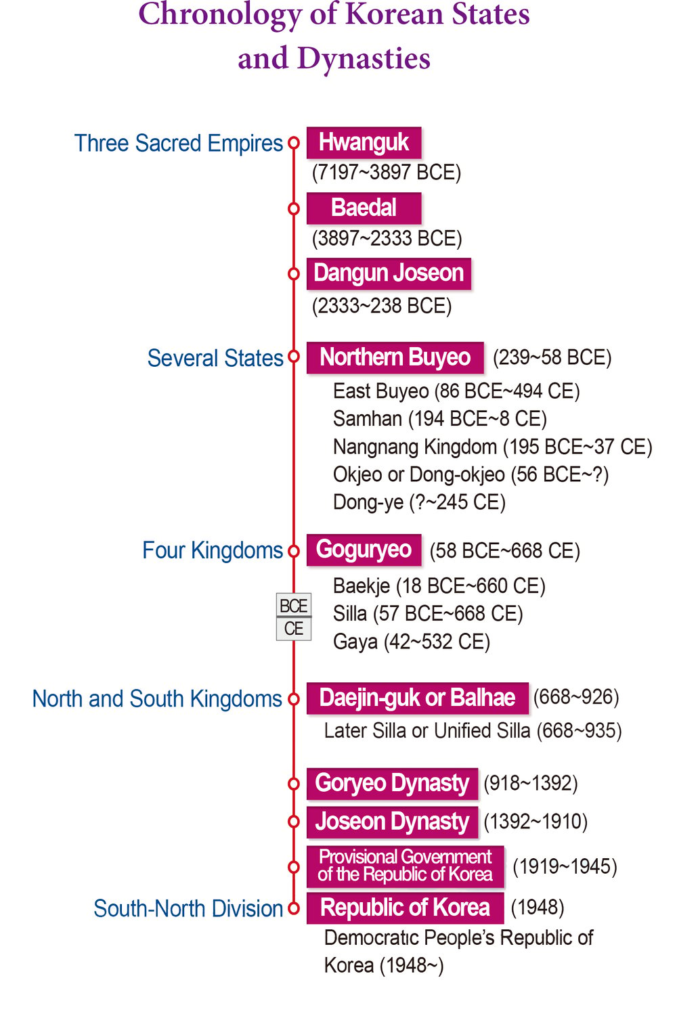Korea is a land of ancient traditions. Olden historical sites, such as the stately five-hundred-year-old Gyeongbokgung Palace, stand in the middle of Seoul, South Korea’s capital, and in other cities and countrysides across the land. South Korea is also a nation of cutting edge technology, renowned for exporting semiconductors, cars, smartphones, and various other electronic devices. Rising from the ashes of the Korean War (1950– 1953), South Korea became a global economic leader within the span of a few decades. This resilience and resourcefulness can be attributed to the reservoir of wisdom, experience, and drive of a nation whose history stretches back many millennia.
Are you familiar with Ganghwado Island? Located about a ninetyminute drive from Seoul, the island is the site of an ancient ritual mound that sits atop Mt. Marisan. About 4,350 years ago, this ritual mound was used by Dangun Wanggeom, the ruler of Dangun Joseon, to offer rituals to heaven. In other words, this ruler, acting on behalf of his people, offered rituals to Sangjenim, the Supreme Ruler of the Universe.
Notably, ancient Korean historical records reveal that Dangun Wanggeom’s domain of rule not only included the Korean Peninsula, it spanned all of Northeast Asia.
Other historical records and artifacts reveal that Korea’s history is actually older than five thousand years, extending back approximately nine thousand years.


